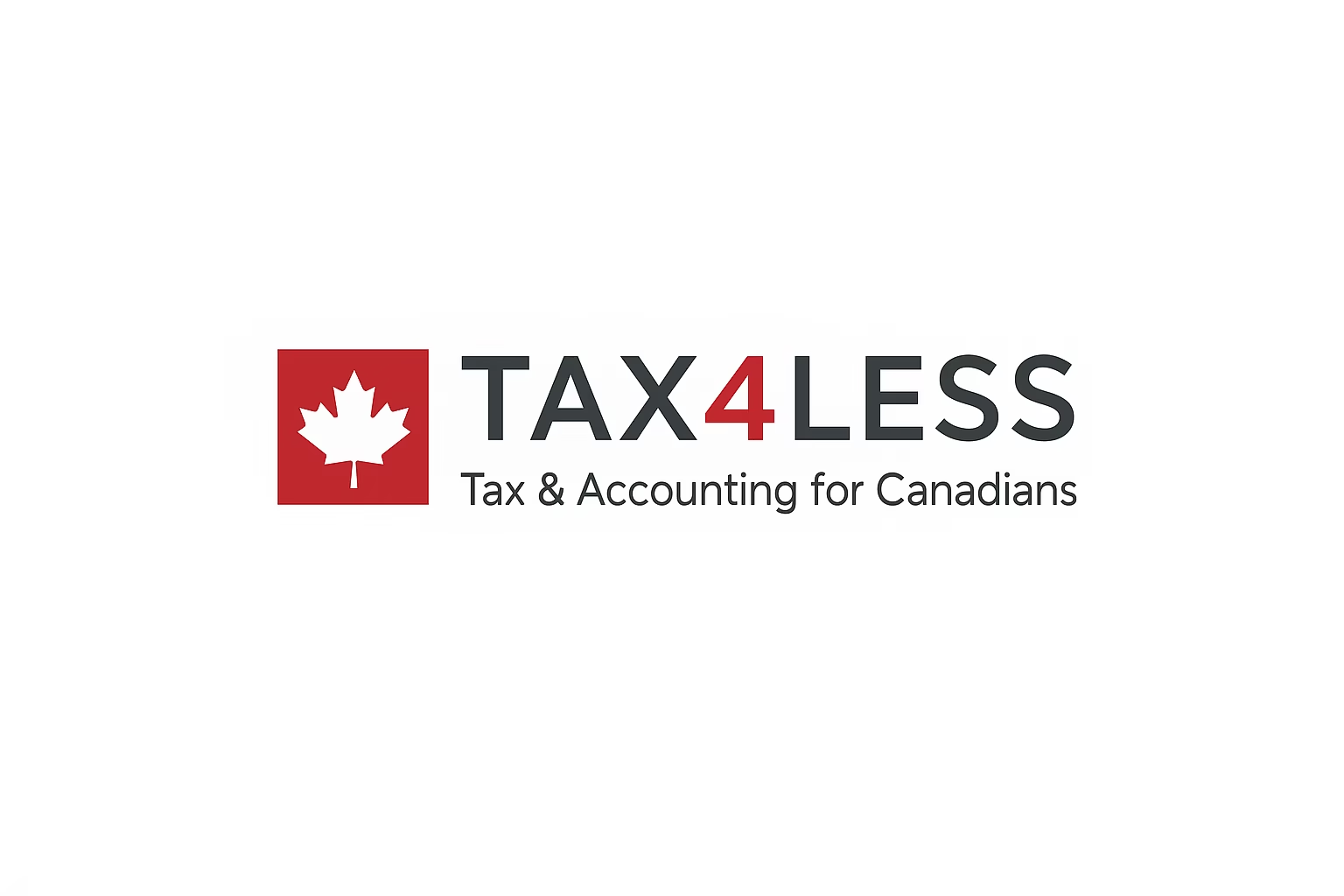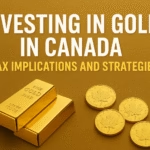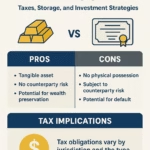Diversifying Your Portfolio: Gold, Crypto, and Real Estate for Retirement-what’s the Best time to cash out?
Keywords: portfolio diversification Canada, best time to sell assets, gold cycle, crypto cycle, real estate cycle, retirement investing strategy
1. Why Diversification + Timing Matter
When planning for retirement, diversification across asset classes is critical: it helps reduce risk, smooth returns, and protect against inflation or market shocks. The three asset classes we focus on—gold, cryptocurrency, and real estate—each have unique dynamics: different drivers, different cycles, and different ideal exit strategies.
But diversification isn’t enough on its own. Timing your exit becomes increasingly important as you near retirement. Selling at or near a cycle peak helps you lock in maximum value, minimize downside risk, and transition into lower-volatility assets more comfortably. Starting to plan your exits years ahead of your retirement date is a smart move.
2. Timing Your Exit Strategy: Start Early
A core principle: begin planning your “sell strategy” about 5–10 years before your expected retirement date (or earlier if you’ll need a portion of the portfolio for retirement living). This gives you time to:
Monitor how each asset class is behaving (signs of cycle peak or turn).
Gradually reduce exposure instead of being forced to sell in a downturn.
Reallocate into more conservative assets (bonds, cash, dividend stocks) as your need for liquidity increases.
Align your exit timing with both market conditions and your personal retirement income needs.
3. Gold – When to Sell
3.1 How Gold Cycles Work
Gold often follows long-term cycles driven by inflation, currency strength, geopolitical risk, and real interest rates. Historical cycle patterns show extended periods of accumulation followed by strong bull markets and then corrections. GoldBroker+2Investopedia+2
For example:
A study identified ~16-year gold cycles: a bullish phase of ~11-12 years followed by a decline. GoldBroker
Analysts note that current global conditions (high debt, inflation, central bank purchases) suggest we may be in the later stage of a major gold cycle. GoldSilver+1
3.2 When to Plan to Sell Gold
Given these long cycles, here’s how to think about the exit window:
If you expect retirement in, say, 2035–2040, you’d ideally plan to reduce gold exposure around 2028–2032, assuming the peak of the cycle might arrive in the mid-2030s.
Monitor signals: rising real interest rates, declining inflation, reduced geopolitical premiums, and central banks slowing gold purchases might indicate peak is near.
Begin trimming gradually: e.g., reduce position by 20-30% every year in the window, shifting proceeds into safer assets.
4. Cryptocurrency – When to Sell
4.1 How Crypto Cycles Work
Cryptocurrencies (especially flagship ones) have shown shorter, intense cycles often tied to supply events (e.g., halving in Bitcoin) and speculative demand. Historically, bitcoin operated in ~4-year cycles: a halving, a rally, then a correction. eToro+2Caleb & Brown+2
That said, recent commentary suggests the 4-year cycle may be changing or less reliable due to institutional flows, ETFs, and regulatory changes. Decrypt+2Cointelegraph+2
4.2 When to Plan to Sell Crypto
Given the higher risk and shorter cycles:
If retirement is in ~2040, you might expect a major crypto cycle peak around 2036-2038 (if traditional 4-year cycles held).
But given uncertainty, plan to reduce exposure earlier, say 2032-2035, so you have time to shift into more stable assets.
Use a tiered exit: take profits when gains are high, secure a base amount you won’t jeopardize, then let remaining speculative portions ride (only if risk tolerance allows).
Watch for signs: massive inflows, media buzz, FOMO, record valuations—these could precede a turn.
5. Real Estate – When to Sell
5.1 How Real Estate Cycles Work
Real estate markets, especially residential or commercial property, follow longer cycles tied to credit, demographics, supply/demand, zoning changes, and macro-economic trends. Many studies show cycles in the range of ~18–25 years for large swings in land and building values (sometimes referenced as the Kuznets cycle) LinkedIn
In Canada specifically, guides note two overlapping cycles: a shorter “annual/seasonal” cycle (~1 year) and a longer economic cycle around a decade or more. Mortgage Sandbox
5.2 When to Plan to Sell Real Estate
If you anticipate retirement in 2035–2040, and your local real estate market peaked or is peaking around 2024–2026, you may consider selling around 2025-2030 rather than waiting until you retire.
Avoid selling when the market is obviously down—selling immediately after a downturn locks in loss. Monitoring is key.
If you hold investment rental property, you may choose to keep it and rent longer until the market rises toward a later peak—but you also need to balance with your retirement timeline and the declining ability to manage property.
Indicators to watch: rapid price appreciation + high sales volume + rising interest rates + oversupply = possible peak signals.
6. Comparative Timing Table
Here’s a more detailed chart showing asset classes and suggested exit windows (purely illustrative).
| Asset Class | Approx Cycle Length* | Last Major Peak Estimate | Next Estimated Peak Window | Suggested Sell Window Before Retirement** |
|---|---|---|---|---|
| Gold | ~ 10-16 years (bull phases) GoldBroker+1 | ~2025 (peak estimate) | ~2035-2045 | Begin trimming ~5-10 years before retirement. |
| Crypto | ~ 3-5 years (volatile) eToro+1 | ~2024-25 (current cycle) | ~2028-2030 (if cycle holds) | Reduce exposure ~3-5 years before retirement. |
| Real Estate | ~ 18-25 years (for full swing) LinkedIn | Regional peaks ~2024-26 | ~2040-45 (next swing maybe) | Sell ~2-5 years before retirement if market near peak. |
*Cycle lengths are approximate and historical.
**Sell window means begin reducing exposure, not necessarily full liquidation.
7. Practical Strategy for Retirement-Focused Investors
Map your retirement date: e.g., 2035.
Identify each asset’s current stage: Are you early, mid-cycle or near peak?
Gold: If already high, start preparing exit.
Crypto: Possibly around peak, consider profit-taking.
Real Estate: If having peaked recently, consider exit window soon.
Create a laddered exit plan: For each asset, spread the sell over 2-3 years rather than one big sale.
Reallocate into safer instruments: As you reduce speculative/higher-volatility assets, shift into bonds, conservative dividend stocks, cash equivalents.
Monitor economic signals: Inflation trends, interest rates, real-estate lending, regulatory changes in crypto. These will tell you when the cycle may be turning.
Still stay diversified: Even as you exit, maintain balanced allocations so you’re not left with only one asset class.
Adjust based on personal needs: If you need cash flow earlier (e.g., retirement income at age 60 vs 65), accelerate your exit timeline.
8. Limitations & Important Caveats
Historical cycles do not guarantee future results. Structural shifts (technology, regulation, global policy) can change cycle behaviour.
Timing markets perfectly is almost impossible. The goal is risk-mitigation and capital preservation, not chasing every last penny of upside.
This article does not constitute financial advice. Your individual tax situation, investment horizon, retirement needs, risk tolerance—all matter. Consult a qualified advisor before making decisions.
Some asset classes overlap or influence each other (for example, high interest rates can hurt both real estate and gold). The interplay matters.
9. Conclusion
Diversifying into gold, crypto, and real estate is a smart move for long-term retirement planning—but the real edge comes from knowing when to exit. By recognizing the cycle patterns in each asset class and aligning your sell strategy roughly 5–10 years ahead of your retirement date (or earlier for more volatile assets), you place yourself in a stronger position to lock in gains, transition into income-producing assets, and protect your wealth. Use the charts and strategy above as a framework—not a guarantee—but one that can give structure to your end-game planning.

 Previous Post
Previous Post Next Post
Next Post